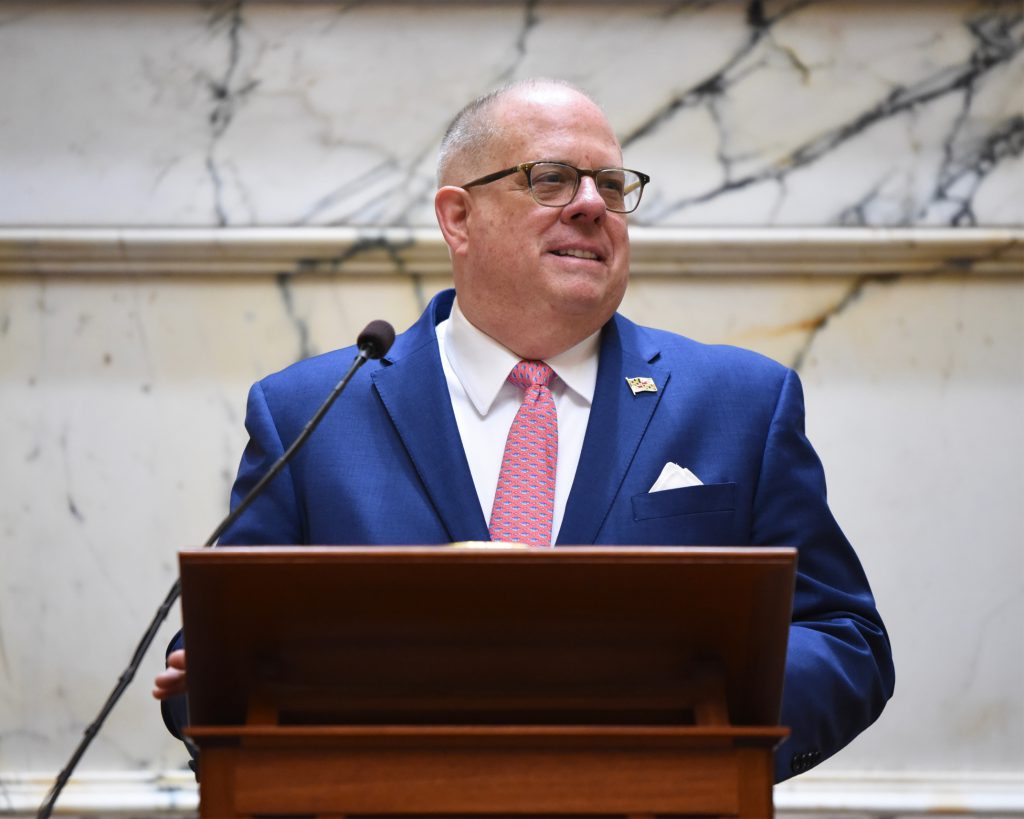The Nature of Change
 This year marks the 50th anniversary of Earth Day; a time to renew our commitment to the responsible stewardship of our environment. Maryland is fortunate to be home to countless natural assets, and our administration has made it a top priority to protect them.
This year marks the 50th anniversary of Earth Day; a time to renew our commitment to the responsible stewardship of our environment. Maryland is fortunate to be home to countless natural assets, and our administration has made it a top priority to protect them.
For the sixth year in a row, we have proposed historic funding to help restore the Chesapeake Bay and to protect the environment and well-being of Marylanders. In these six years, the administration has invested nearly $6 billion in wide-ranging bay restoration efforts. As a result of our collective efforts, the Chesapeake Bay is now the cleanest it has been in recorded history. Since Fiscal Year (FY) 2015, there has been a 24% increase in crab abundance in the bay and a 21.3% net increase in submerged aquatic vegetation acreage—both key indicators of bay health. Maryland is also on track to meet our nutrient pollution reduction goals by 2025.
We are once again fully funding the bay restoration effort for the fifth straight year, including $57.2 million for the Chesapeake and Atlantic Coastal Bays Trust Fund, which is nearly a 7 percent increase over last year. The Chesapeake Bay truly is a national treasure, which is why Ihave led bipartisan efforts to protect and increase federal funding for bay restoration for three years running.
For the third year in a row, our proposed budget fully funds transfer tax programs, including Program Open Space, which helps communities acquire outdoor recreation and open space areas for public use.
We remain committed to meeting the state’s goal of a sustainable oyster population and harvest within eight to 10 years. That’s why the FY 2021 budget also includes $8.7 million in capital funding for the oyster restoration program, compared to $2.6 million just last year—a more than 200% increase.
The FY 2021 budget also allocates funding to extend and expand the state’s tax credit for zero-emissions vehicles, which will help further reduce greenhouse gas emissions that contribute to climate change and nitrogen pollution in the bay.
Other environmental highlights in the budget include more than $280 million for environmental infrastructure projects statewide, funding to accelerate implementation of agricultural practices that reduce nutrient flows to the Chesapeake Bay, and new positions that will provide communities with assistance for nuisance flooding.
These are just a few of the investments we are making for a better Maryland. I remain strongly committed to meaningful, innovative, common-sense policies and programs that protect our environment in a manner that also promotes job growth and economic opportunity.
Working together, we can ensure that future generations of Marylanders can celebrate many Earth Days to come.
Larry Hogan
Governor
Article appears in Vol. 23, No. 1 of the Maryland Natural Resource magazine, spring 2020.

 1-888-373-7888
1-888-373-7888 233733
233733